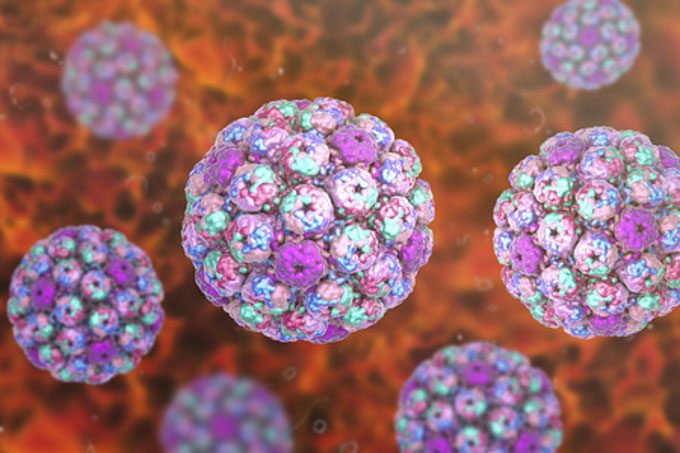The primary cause of conjunctivitis (red eye) in Ho Chi Minh City is the coxsackievirus A24 variant, which has a stronger transmission rate, making it easier to trigger outbreaks, often leading to hemorrhagic conjunctivitis.
Gene sequencing results from conjunctivitis samples in Ho Chi Minh City revealed that coxackievirus A24 accounted for 86% of the samples, while human adenovirus 54 made up 11% and human adenovirus 37 represented 3%. Notably, coxackievirus A24 is a variant from the enterovirus group.
Dr. Nguyen Van Vinh Chau, Deputy Director of the Ho Chi Minh City Department of Health, stated that these viruses differ in their transmission rates, but currently, there is no evidence indicating a significant difference in disease severity. Among these, enteroviruses generally have a higher spread rate, causing significant outbreaks worldwide.
Coxsackievirus A24, along with EV70 (both belonging to the enterovirus group), typically causes hemorrhagic conjunctivitis (AHC), which is the primary manifestation in the current outbreak of red eye in Ho Chi Minh City. These agents were first reported to have caused an outbreak of hemorrhagic conjunctivitis in Ghana in 1969. Since then, numerous outbreaks have been documented in various locations worldwide.
In Asia, coxsackievirus A24 was first identified in Singapore in 1970, subsequently appearing in outbreaks in other countries, being the primary cause of hemorrhagic conjunctivitis outbreaks in Okinawa, Japan, in 2011. In 2014, enteroviruses led to an outbreak of hemorrhagic conjunctivitis in Thailand, with over 300,000 reported cases in three months.
Dr. Nguyen Minh Tien, Deputy Director of the City Children’s Hospital, remarked that the nature of coxsackievirus A24 is rapid transmission, leading to outbreaks, while other agents typically cause sporadic cases of conjunctivitis. Studies have shown that RNA viruses like coxsackievirus A24 often spread more rapidly than DNA viruses like adenoviruses, which are also common causes of conjunctivitis.
“Hemorrhagic conjunctivitis is not more dangerous, but it causes significant redness and may produce pink discharge, causing more discomfort and anxiety for patients. Most cases are benign and can resolve on their own,” the doctor explained. While coxsackievirus A24 can lead to severe conjunctivitis, it is usually acute, with very few cases possibly resulting in corneal edema, whereas adenoviruses can cause chronic keratitis, potentially leading to blindness.

Coxsackievirus A24. (Photo: 123rf).
Conjunctivitis is spreading in many localities across the country. Recently, Ho Chi Minh City has reported nearly 4,000 cases of red eye daily, with hospitals in Hanoi, Da Nang, Can Tho, Binh Phuoc, and others also experiencing a significant increase in patient visits.
Conjunctivitis primarily spreads through direct contact with eye, nose, and mouth secretions, such as sharing personal items with infected individuals, through washcloths, clothing, water in swimming pools, or touching the eyes with unwashed hands. Common symptoms include redness due to conjunctival hyperemia, a gritty sensation as if there is sand in the eyes, tearing, excessive discharge, and difficulty opening the eyes upon waking.
Patients with conjunctivitis can use saline solution (0.9% sodium chloride) or distilled water to rinse their eyes. Eye drops containing antibiotics will be prescribed by a doctor if signs of bacterial superinfection are present (pain, decreased vision, sensitivity to light, etc.), to prevent infections after corneal debridement. It is crucial not to use eye drops containing corticosteroids without medical advice, as they can worsen the condition, prolong the duration and spread of the disease, and increase the risk of infection.
Cold compresses can help reduce swelling and discomfort in the eyes. Regular hand washing and face cleaning with gentle antibacterial soap is recommended. Avoid sharing cups, plates, and towels with others to prevent transmission. Do not rub the eyes or go swimming, as this can exacerbate the condition.
Preventing the spread of viral conjunctivitis involves regular hand washing with soap and using clean water. Avoid touching the eyes, nose, and mouth. Do not share personal items such as eye drop bottles, towels, glasses, and masks. Daily hygiene of the eyes, nose, and throat with saline solution and common eye and nasal drops is advised. Individuals recovering from the illness should disinfect their glasses and wash bedding and towels thoroughly to prevent reinfection.


















































